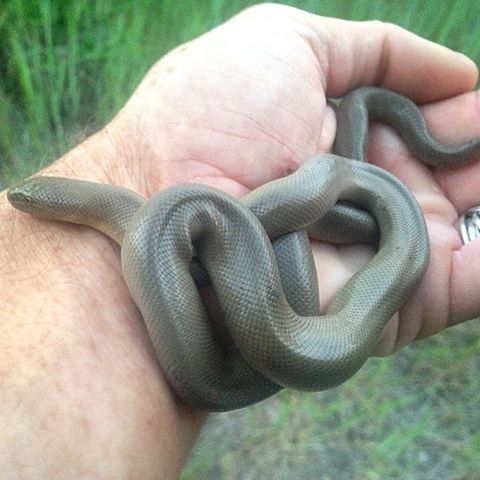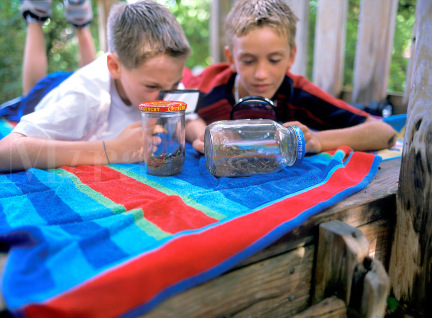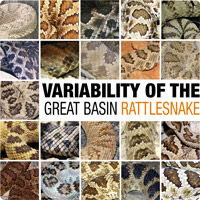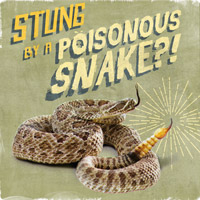By David E. Jensen
A friend of mine told me of a lady he knows whose young son caught a horned lizard on a family outing and brought it home. Confronted with the reality that it eats ants, the woman no longer wants the lizard, and it’s doubtful that she’ll take the time to drive it back to where it was found. It will either die a slow and miserable death from neglect and starvation, or it will be released into an urban environment where it will be killed by a cat, car, lawnmower, stupid person, or some other inescapable hazard of concentrated human habitation.
We’ve all done it; brought home the lizard, frog or snake we caught at summer camp or the family picnic at the local canyon, pond or park. We were probably just kids, although adults do it too. Our intentions were always good. We’d remove the critter from its rightful environs, take it home, set it up in a bottle or terrarium, give it something to eat (even if we had no idea what it wanted), and give it a dish of water. It would be a novelty, something unique, a little bit of nature brought indoors to cheer us up, something to brag about to our friends. Show and tell time.
And then the inevitable happened. We’d lose interest, or we didn’t know what it ate, or we couldn’t provide its specialized food requirement. Deprived of sunlight, a suitable environment and proper diet, the animal languished and died. We didn’t mean to kill it – but we did – and the poor creature became a victim of our good but misguided intentions. Even turning an animal loose far from where you found it is a death sentence.
Multiply this scenario by the hundreds of thousands of innocent animals that are removed from their natural habitats each year and killed, intentionally or not, and you have exponential carnage on a massive scale, along with entire ecosystems that are out of balance.
The natural world suffers enough from the relentless onslaught of a human invasion. Animals are having a harder time trying to avoid humans and the carnage inflicted by our roads, cars, guns, industrial processes, pollution, habitat destruction, climate change, herbicide and pesticide poisoning, and a general disregard for animals and a natural world that too many people just don’t understand or care about. Many species are already on the brink of extinction, and many thousands more aren’t far behind.
Please, when you find that frog or tadpole, garter snake, baby bird, butterfly or beetle, enjoy it where it is. Teach your children about it. Let them see it in its natural realm. Take its picture. Catch it if you have to, but better yet, try to photograph it “in situ” – in its natural place and pose. Then, leave it there, where it belongs.
Teach your children to enjoy nature up-close, but to set wild creatures free after a brief observation period.
When you get home, you can look it up on the Internet or read about it in a book. If you just can’t help yourself, at least be willing to return it back to where you found it after a reasonable period of captive observation. Then go back and visit it as often as you can. This provides an opportunity to spend time in nature with your children and teaches them to respect the natural world.
Wild animals aren’t available for the taking. Animals are the property of the state in which they reside. Many of them are protected by law and a permit is required to capture or keep them. Some people think it’s okay to catch wild reptiles and sell them. If a moose wandered into your backyard, would it be okay to sell it on the Internet? Of course not! Well, it’s no different with reptiles. The illegal taking of an animal for any reason is known as poaching, and that’s not something you want to be guilty of.
Conversely, the release of non-native animals into local ecosystems can be just as devastating. Witness, for example, the ecological problems of pythons in the Everglades, cane toads in Australia, and bullfrogs right here in Utah, just to name a few examples.
I’m not saying we shouldn’t have pets, because most of us do, but virtually any animal you can think of, especially reptiles and amphibians, is available from a breeder or a pet store that buys from breeders. Captive propagation has produced impeccable animals that are disease and parasite free, and you won’t be removing an animal from its natural habitat where it can thrive, reproduce, and live out its natural life.
Better yet, adopt a reptile from a rescue or sanctuary. These animals need a good home and you’ll be doing everyone a favor!
David E. Jensen is the administrator of Uncle Dave’s Reptile Page on Facebook and the owner of Wasatch Snake Removal, in Salt Lake City, Utah.









Too true! As the father of two young boys, we have had these discussions about many wild critters, some with fur and some with scales. Thanks David!
Great article